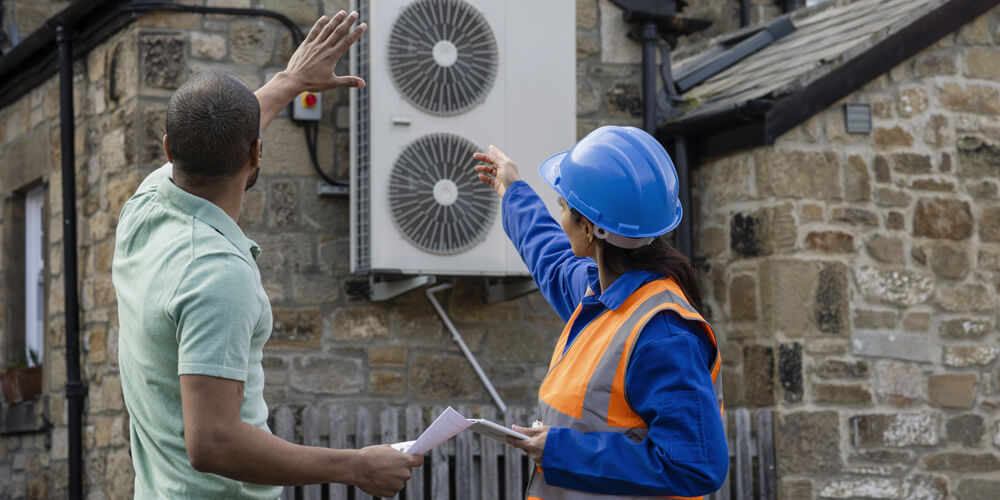
Ventilation consumes approximately one-third of the total energy in buildings
Periodized ventilation can achieve annual savings of tens of thousands of euros in individual buildings.
Ventilation accounts for approximately one-third of a building's total energy consumption. In addition to the energy efficiency of the ventilation system, the way ventilation is controlled significantly impacts energy consumption.
The Finnish Indoor Air Association published "Good Indoor Air Recommendations" in 2019, providing guidance on ventilation outside of operating hours in public buildings.
The recommendations advise periodized ventilation, i.e. shutting off ventilation outside of operating hours except for flushing cycles. Periodized ventilation can result in significant annual savings of tens of thousands of euros in individual buildings compared to continuous ventilation.
Energy efficiency should of course not compromise indoor air conditions, and concerns about nighttime ventilation shutdowns often arise regarding indoor air quality. The recommendations are based on scientific research and have been practically implemented for years in larger cities. Valuable additional information on the topic has been obtained from a recent Finnish study, which monitored the indoor air quality of 12 schools and daycares using various ventilation control methods.
Below is a summary of the results:
- Two comparison periods: ventilation at partial power at night and ventilation turned off at night.
- Indoor air quality was monitored through continuous measurements and user surveys.
- Ventilation shutdown resulted in a 26% savings in thermal energy.
- Ventilation shutdown did not impact daytime indoor air quality based on measurements and surveys.
- 1–2 hour flushing cycles before and after building use ensure good indoor air quality.
The results confirm earlier research findings that, when carefully implemented in healthy buildings, indoor air quality is not compromised by shutting down ventilation at night.
Achievable energy savings through shutdowns can be significant, as ventilation consumes a substantial portion of a building's heating energy and electricity.
Periodized ventilation should always be implemented carefully and is not suitable for residential buildings and may also not suite for buildings with known indoor air quality problems. Special attention must be paid to pressure differences across the building envelope.
EG EnerKey's Ines analytics tool is designed to identify properties where ventilation is not optimally controlled.
Ines can recommend suitable time tables for ventilation and estimate potential savings in advance. Ines's calculations are based on the recommendations of the Indoor Air Association.
An example of a school building implementing periodized ventilation in 2022, guided by Ines observations, resulted in approximately €27,000 in annual cost savings, with cumulative energy savings increasing over the years.
CO2-reporting made easy
When all your consumption data is collected in EG EnerKey, you can quickly calculate and document your CO2 emissions.
Read more about climate reporting in EG EnerKey
